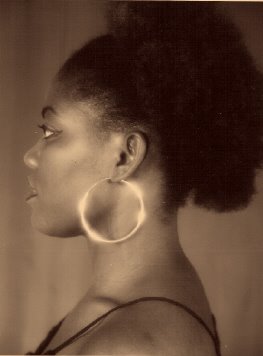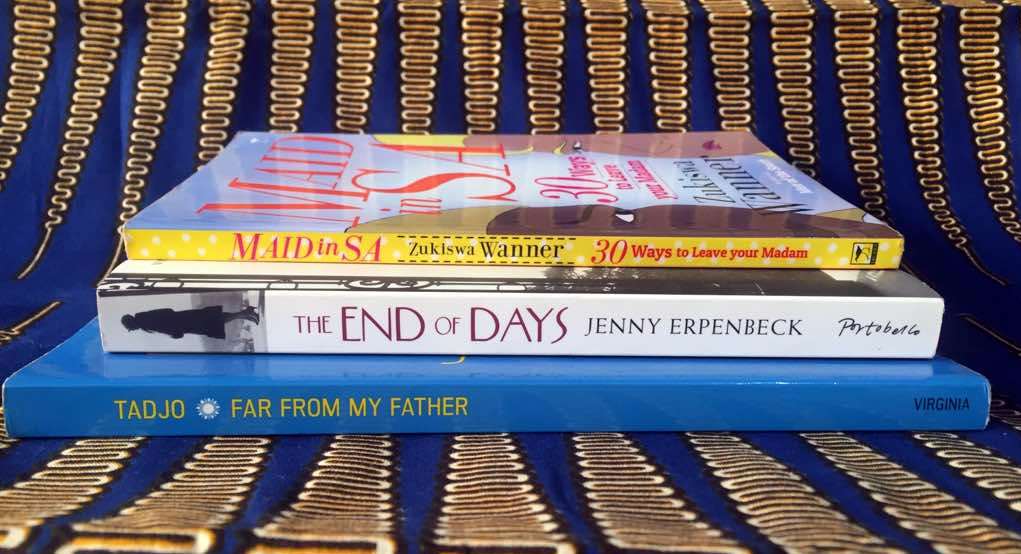 An illuminating piece by the author Peter Carey about the conception of his Booker Prize winning novel, Oscar and Lucinda - shows how the gem of an idea or image can germinate into a fully blown narrative. Carey was inspired by a clapboard church by the Never Never River (this river's name alone is a wealth of inspiration) threatened with removal, and which the locals - non-believers all - fought to save. The author started to see the church as a box of stories, stories that had supplanted the aboriginal stories in this Australian landscape.
An illuminating piece by the author Peter Carey about the conception of his Booker Prize winning novel, Oscar and Lucinda - shows how the gem of an idea or image can germinate into a fully blown narrative. Carey was inspired by a clapboard church by the Never Never River (this river's name alone is a wealth of inspiration) threatened with removal, and which the locals - non-believers all - fought to save. The author started to see the church as a box of stories, stories that had supplanted the aboriginal stories in this Australian landscape.Excerpt:
For the sake of the Christian stories, these other stories had been poisoned, shot and drowned.
And now we had no use for the Christian stories and the church would be physically removed. Then the site would be scarred and broken and in these broken places thistles would grow.
How absolutely perfect, the novelist thought – nothing could better represent the emptiness of our present beliefs, the beliefs we had killed the Aboriginal stories for.
At this stage, while the local community split into two groups to bid against each other to see who would pay the most money to the Bishop of Grafton to leave the church just where it was, I was envisaging the small, white clapboard church as a box full of Christian stories. I was imagining the moment that box of Christian stories came floating or cutting through the landscape filled with Aboriginal stories.
I had no idea about Oscar, no clue about Lucinda, but I thought: this is a novel.
Well, isn't it just? Read Peter Carey's piece in the UK Guardian Review.










.jpg)





No comments:
Post a Comment